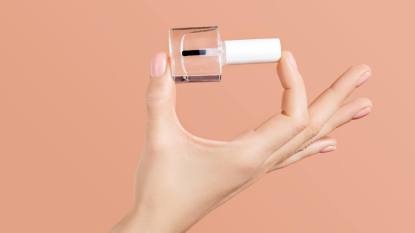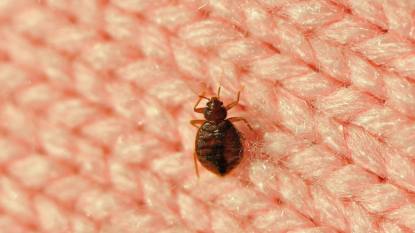How to Clean a Charging Port: Tech Expert Reveals 5 Simple Hacks
Plus why you should never blow into!
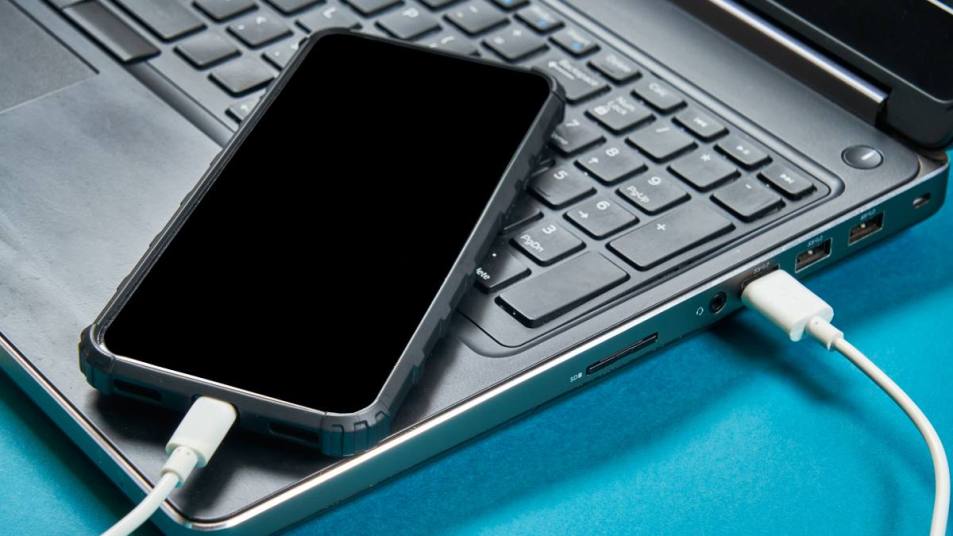
It’s always frustrating when our devices aren’t working quite right, especially as they have become more and more essential to how we function daily. Plus, they’re usually pretty pricey, so malfunctions can end up being a lot more than just an inconvenience. One thing that can really become a bigger issue is when our charger doesn’t seem to be working. Sure the chord may be broken or the battery may be dying, but surprisingly, many times the problem has more to do with a charging port that needs cleaning. So we asked tech experts how to clean a charging port to avoid issues in the future and solve any ones you may be having now.
Why you need to clean charging ports
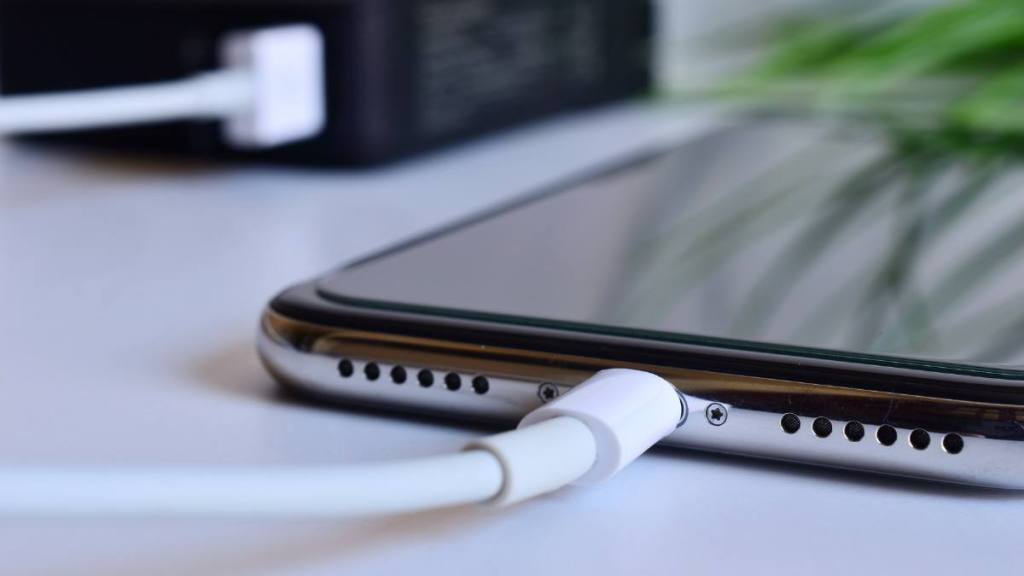
Just like with anything, you need to maintain them to keep them working. “The external ports of your phone gather dust, lint and debris when you move it from your pocket to your purse, beneath your pillow to your workstation,” Steve Feiner, Managing Editor at Tech Jive says. “The debris prevents the charging port from functioning by obstructing the connectors on the charger.” In fact, according to Founder of Juno Telecoms‘ George Nicholson, it can result in sudden breaks in currents or even mechanical damage to the equipment.
The moral of the story? If you noticed your charging port not working and there’s no easily identifiable reason, you probably just need to clean it out.
How to clean a charging port
Whichever method you use, Nicholson emphasizes the importance of using “some kind of light so you can look inside the port entrance — there may be something mechanically blocking the current or buildup of dirt and moisture.”
1. How to clean a charging port: Compressed air
There’s a reason why compressed air (Buy on Amazon, $14.08) is one of the top recommended ways to clean charging ports (in addition to computer vents and keyboards, among other things). But here’s the thing — it’s actually not what it sounds like: instead of literally compressed air, you’re dealing with an aerosol propellant called HFC-152a that turns from a liquid to a gas when you press on the trigger. The pressure, which makes its way through a long, narrow nozzle, is what causes the “air” to knock out dust and debris (as long as you’re angling the port down so gravity can keep it out).
“Be sure to hold the can upright and use short bursts of air to avoid accidentally spraying any liquid,” Nicholson advises. You shouldn’t shake the can either, because this can also release the propellant in a liquid state, which can end up freezing your skin if they come into contact.
2. Bulb syringe
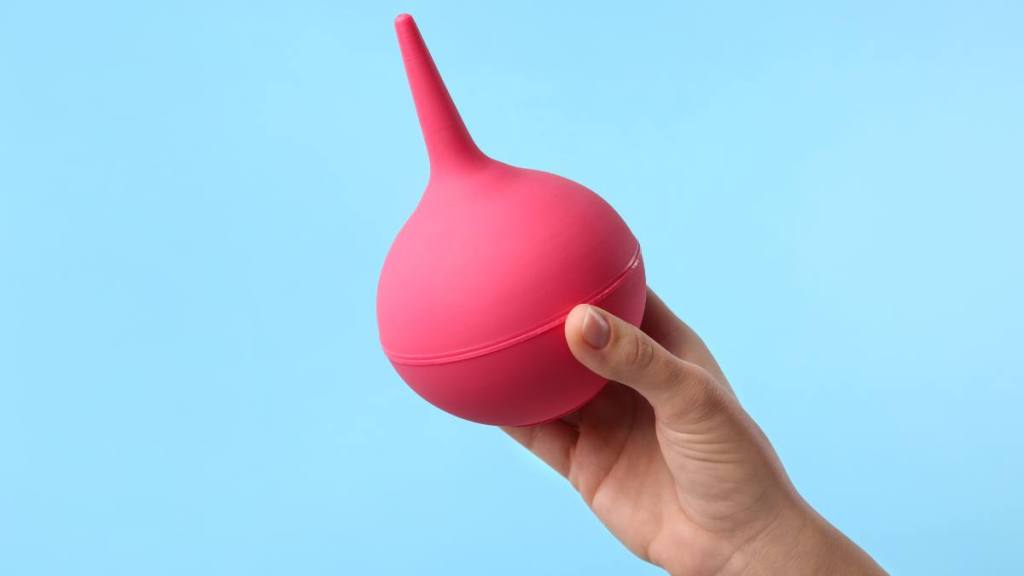
An alternative to compressed air that’s typically used as an aspirator for babies, bulb syringes (Buy on Amazon, $2.89) work by pressing down on the bulb part to release the air inside that then pushes out whatever’s stuck in the charging port.
Some may prefer this manual method to compressed air because you don’t have to worry about shaking it or only using just short bursts. Just like with compressed air, however, you should angle the port down so the debris doesn’t get stuck back in.
3. How to clean a charging port: Toothpick or dental pick
Though Nicholson is partial to using toothpicks, dental picks work just as well — and sometimes even better, because they’re thinner. The concept is simple: Use them to grasp the grime and debris stuck in the port, then pull it out. Your biggest risk here, Nicholson says, is using too much force and causing permanent damage, so make sure you’re more cautious than you think you should be.
To see this trick in action watch the YouTube video below:
Related: 16 Brilliant Uses for Toothpicks
4. How to clean a charging port: Toothbrush
Some think that toothbrushes shouldn’t be used to clean charging ports because the bristles could get stuck, but Nicholson says they can be just the ticket. Think about it: The way they brush teeth makes them ideal for knocking out debris and grime. Plus, as long as you’re gentle, the probability of losing a bristle or two to the port is minimal.
5. Cotton swabs
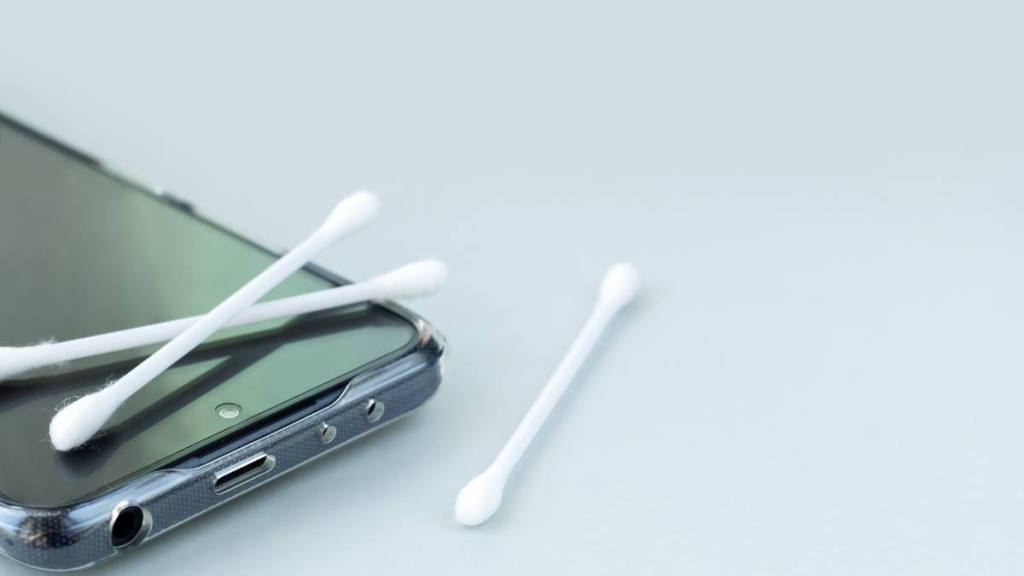
This method is similar to what you do with toothpicks and dental picks, but with the added benefit of the cotton for extra leverage. Plus, by getting cotton swabs with precision tips (Buy on Amazon, $9.99), you’re still able to get into the crevices without little cotton strings getting stuck in them. Even though cotton swabs are softer than toothpicks or dental picks, the same warning from Nicholson applies: “Don’t use too much — if any — force.”
How not to clean a charging port
The biggest mistake you can make when cleaning a charging port is being too forceful. As Nicholson says, “you should be cautious to prevent breaking your device permanently.” A close second, however, is attempting a risky method — which can also break your device permanently. Here, what never to use:
Sharp items
When you’re dealing with built up grime it might be tempting to scrape it away with a paperclip or safety pin, but you’re only setting yourself up for more problems. “Using metal objects with sharp edges might cause scratches on the sensitive parts of your phone or possibly cause the port to crack and break,” Feiner explains. This is why toothpicks, dental picks and cotton swabs are preferred: They’re still thin like paper clips and safety pins, but they’re also much more dull.
Harsh chemicals or liquids
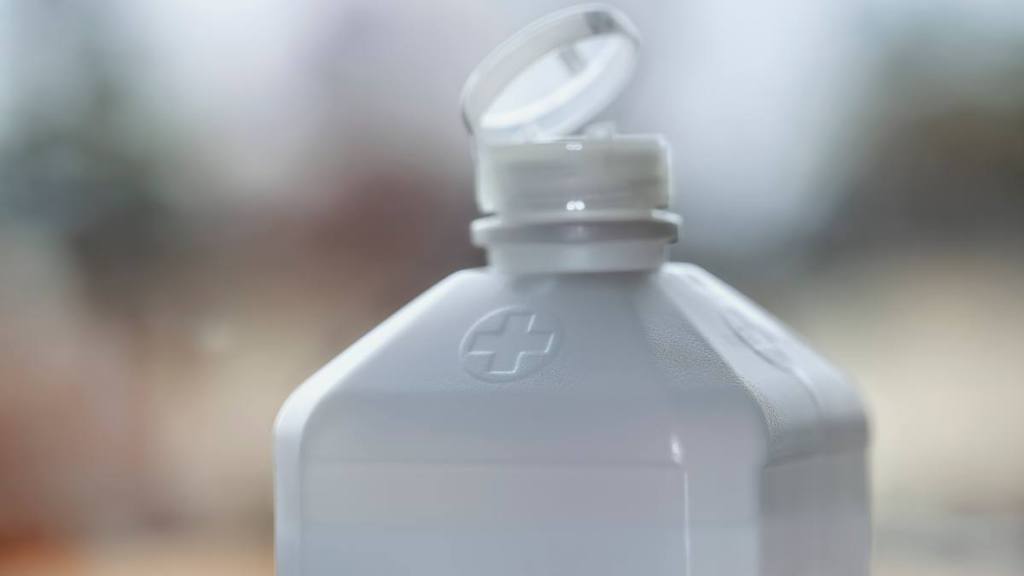
If you know anything about technology like tablets or phones, this is unsurprising to hear: “These can cause corrosion and damage to the fragile components in the port,” says Nicholson. Some people give isopropyl alcohol the green light, but it’s better to be on the safe side.
Breath
When you realize you need to clean your charging port, your first instinct is probably to blow into it using your breath — which makes sense, because it’s readily available at all times. Resist the urge though: your breath has water molecules in it that can compromise the charging port. This is a different risk than compressed air, which begins in a liquid state, because it evolves into gas when used properly, whereas you can’t avoid the water molecules in your breath.
How to keep charging ports clean
Wouldn’t it be nice if you never had to make your charging ports clean and instead just had to keep them clean? Two simple solutions will help:
1. Apply tape
If you’re heading somewhere like the beach with tons of moisture and tiny pieces of gritty sand, an easy trick to protect your charging port is to simply place a piece of tape over it so it’s covered without compromising functionality.
2. Opt for port covers
A more consistent solution to keeping your charging ports clean is to pick up a removable cover (though if you charge wirelessly and use bluetooth headphones, you’ll never have to take it off). Just make sure you have the right covers: one like USB C Dust Plug Set (Buy on Amazon, $4.99) for example, works for a lot of Macbooks and Android phones, while one like Anti Dust Plugs (Buy on Amazon, $6.29) fits newer iPhones and AirPods.
For more technology tips, click through the links below!
Too Much Screen Time? This Genius Rubber Band Trick Makes It Easy to Put Your Phone Down





